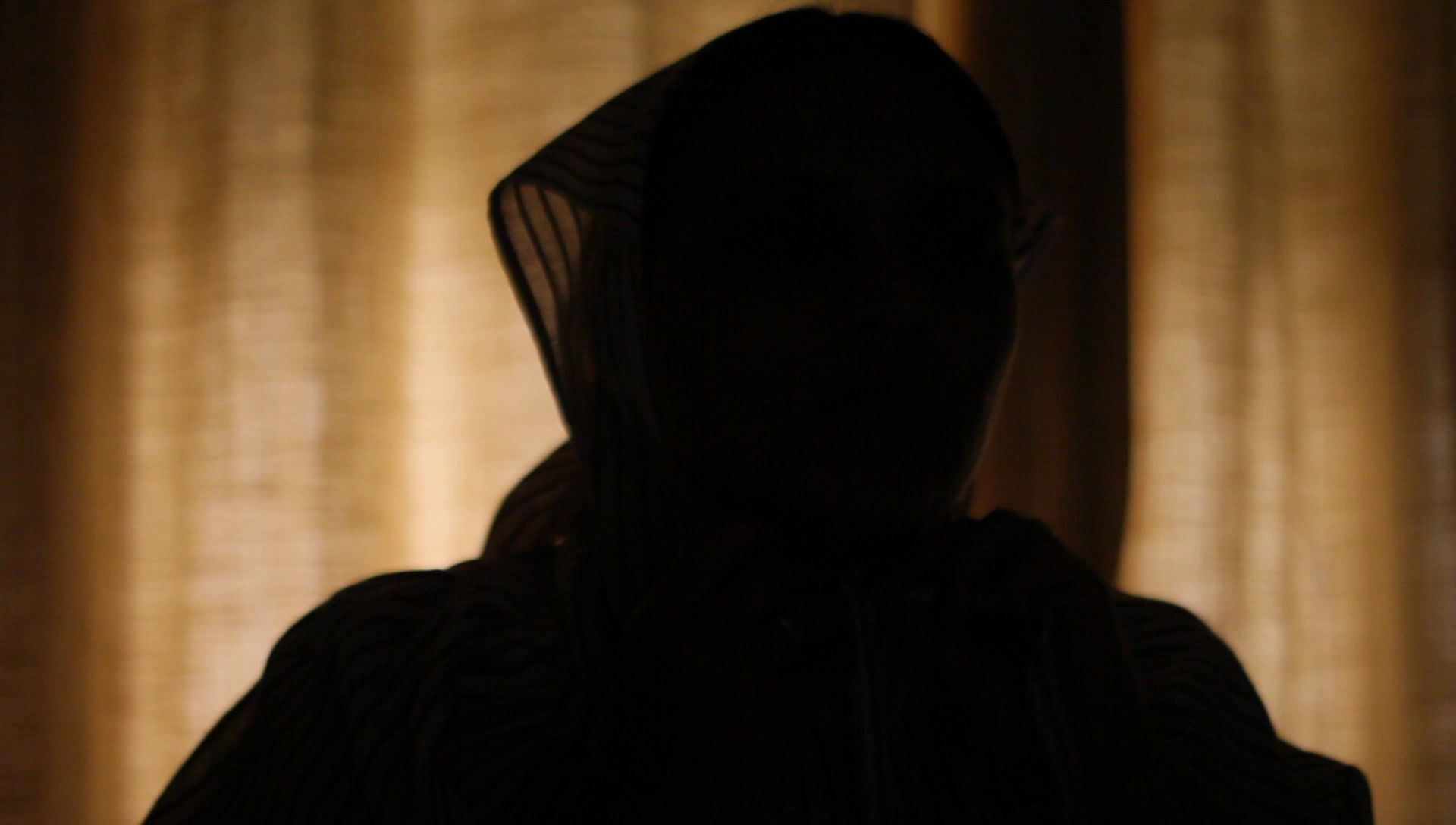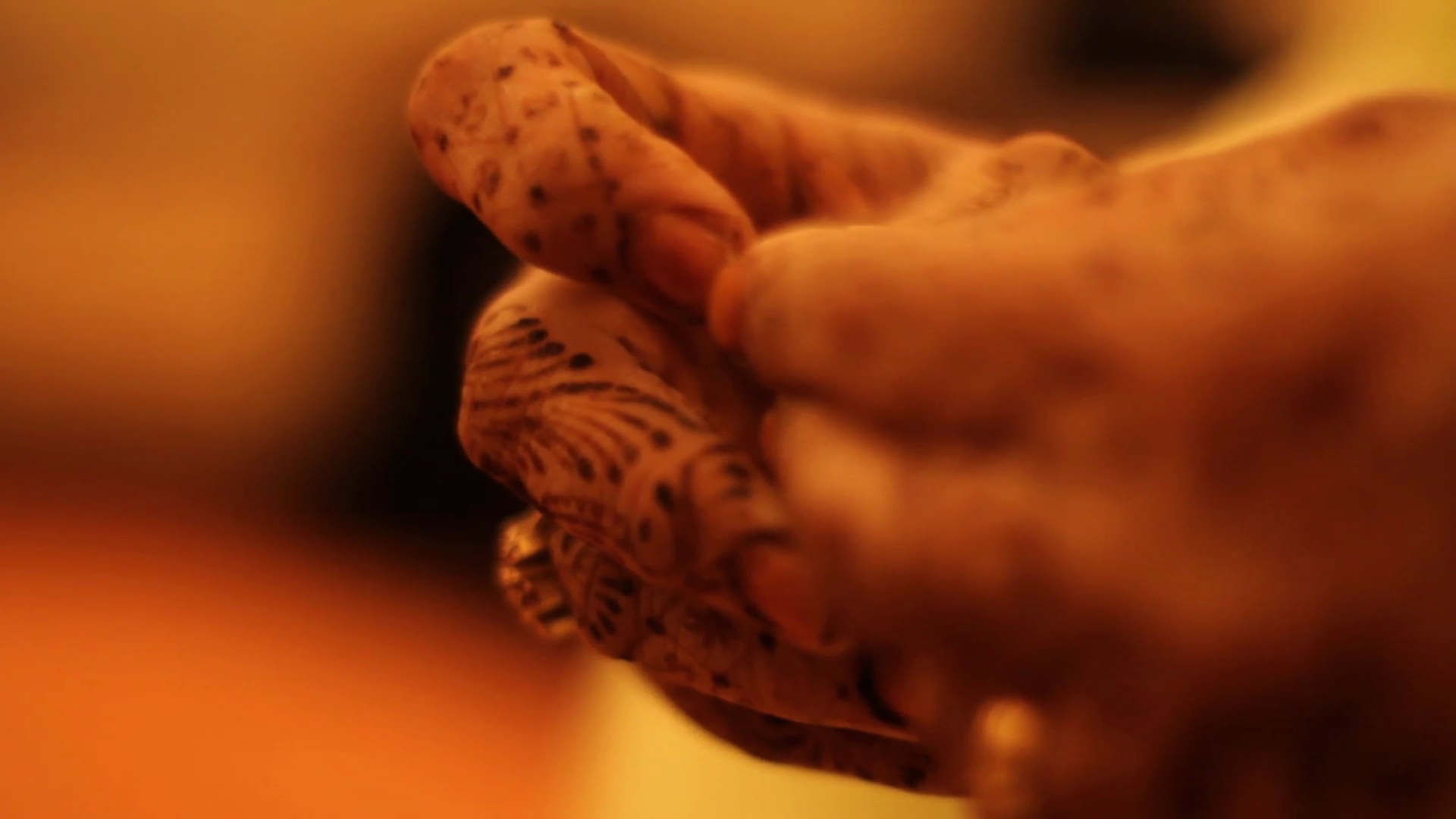 A still from the film ‘ A Pinch of Skin’ which depicts the practice of Female Genital Cutting or ‘Khatna’ in India.
A still from the film ‘ A Pinch of Skin’ which depicts the practice of Female Genital Cutting or ‘Khatna’ in India.(The piece below is the film-maker’s exploration on filming/’framing’ the ‘Good Mother’ for a practice which she (the film-maker) felt was a violation but her protagonist thought it to be in the best interests of her daughter.)
They said ‘to be a good mother you must take your daughter through the ritual’. They said it with conviction and sincere eyes; but I found myself flinching.
Flinching, because the belief that had carried me to different cities and this stranger’s drawing room was at loggerheads with her ideas. Yet, as I ate her biscuits and drank her tea, I saw myself noticing those believing eyes with which she was opening up to a complete stranger, me.
As I sat opposite ‘the good mother’, the ‘genuine person’, I was shrinking –
‘I believe what you do is “wrong”. It is just not right.’
And as I thought of ways to tell her so, her faith shook me. Not only the faith with which she did ‘it’, but also the faith with which she let me in on it.
Between us then, there were no secrets. She told me with candor that she got her daughter ‘cut’ in the name of a tradition called Khatna (a practice she believes her prophet endorses). It had to be done to every ‘good girl’.
Good girl is strange phrase I have found. Growing up, so many people in their solicited/unsolicited ways had made sure I knew the phrase well, especially my mother.
Going to a Christian school I knew I had to keep my hair tied and skirts long. Those pretty standard things girls are schooled in. But the conflict was, I knew myself to be a good person but I didn’t want to be a good girl. And every now and then my mother and I would fight for that contested parable-like existence – the good girl.
She, the sweet stranger, further went on to qualify the parable itself.
‘you know the good girl, who never falls in love (before marriage) and never strays out (after marriage).’
Pretty standard, I thought. The same, in fact, as my mother would have once said. ‘Boys are dangerous. Sexuality is a no-go land’.
Why, then, did I sit opposite this stranger, holding my camera, leading my gaze in her thoughts?
‘Aap jo bologe mein waisa hi film mein dikhaungi. Kuch change nahin karungi.’
(Whatever you tell me, I will depict that in my film as it is. I will not tamper with your version.)
I found myself saying this to everyone, everywhere.
Why? Because even then I could tell that I would be cheating them if I don’t put their standpoint further.
Truth is not absolute nor can people be. What these women held close to their heart was not just a tradition; but a belief they upheld with the best interests of their daughters in mind.
And this is where everything gets difficult to negotiate.
‘One-million strong community of Dawoodi Bohras are known to practice Type 1 of female genital cutting known as Khatna or Sunnat. A practice, they believe which serves as a rite of passage for girls born into this community. This is usually done to girls mostly at the age of seven; seven believed to be the right year, for the girl would neither forget it nor be harmed much’.
I remember my thirteenth year to be a particularly troublesome one. Everyday without fail my mother and I would lock horns with each other on something or the other. One such topic of contention – being ‘unclean’ during my periods. I wasn’t allowed to ‘touch’ god or enter god’s room. She was so stern in her beliefs as if god was checking who was bleeding who was not.
Sitting in this sweet lady’s drawing room I could hardly skip over the similarities in a few notions.
Who rolls these practices, these thoughts, which invariably contain women and anything remotely related to their sexual being? Who is checking? Who deems such notions of the good girl ? And yet, why is it that women are subjected to sexual violence of all kinds imagined?
One lady from the documentary added,
‘Women’s sexuality needs to be moderated as they are the cause of all evil. Even the rapes.’
I was shocked, stunned, enraged.
But how is this any different from the absurd idea of me being unclean during my periods?
These are beliefs that mothers maintain to see their daughter through on the “good” path of modesty, a path of least resistance; without questioning, without challenging, without giving it any kind of fight, if at all.
II
The lady in that drawing room became the highlight of my film. I have over the years seen and heard audience gasp, mutter, whisper among themselves as they hear what she believed (in earnest, if I may add).
Every time I saw those unknown faces in the dim light of the auditorium, I shrunk. If only I could add,
You are seeing her hands and feet. Believe me you would feel differently if you saw her eyes.

—
(Dear lady, if you ever read this – I apologize. I apologize that people see you in a monochrome, as if you are the only one indoctrinated. But I have no doubt that you are a good mother. And I will remember you all my life.)
By Priya Goswami
Read more about A Pinch of Skin here: https://www.facebook.com/APinchofSkin/

